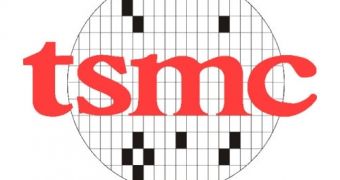Intel invested in ASML a while ago, making the first and greatest contribution to ASML's Customer Co-Investment Program, through which it hopes to accelerate CHIP making equipment R&D.
For those who want context, ASML is a maker of chip-manufacturing equipment, most importantly lithography systems for the semiconductor industry.
Intel announced an investment plan of $4.1 billion, or €3.33 billion, in exchange for a 15% stake in the outfit.
Now, a second IT player is adding its name to the stock holder lists: Taiwan Semiconductor Manufacturing Company.
TSMC will invest 276 million Euro ($342 million) in research and development of next-generation lithography technologies, like Extreme Ultraviolet (EUV) lithography and 450-millimeter lithography tools.
The money will be delivered over a period of five years, along with 838 million / $1.03 billion in exchange for a 5% equity stake.
“We welcome TSMC to our Customer Co-Investment Program,” said Eric Meurice, chief executive officer of ASML.
“The objective of the Co-Investment program is to secure and accelerate key lithography technologies. These technologies will benefit the entire industry and are not restricted to our Co-Investment partners.”
Through its Customer Co-Investment Program, ASML is issuing up to an aggregate 25% minor equity stake to investors. Intel and TSMC have secured 20% thus far, but we do not know what other customers ASML is discussing with.
“We are confident that the additional funding for ASML’s research and development programs will help secure and accelerate EUV development activities, in parallel with the necessary focus on improved performance of existing optical lithography tools and speed up the deployment of new technologies for 450 millimeter wafers,” said Shang-yi Chiang, TSMC executive vice president and co-chief operating officer.
“This effort will help the industry control wafer cost, and therefore protect the economic viability of Moore’s Law.”

 14 DAY TRIAL //
14 DAY TRIAL //